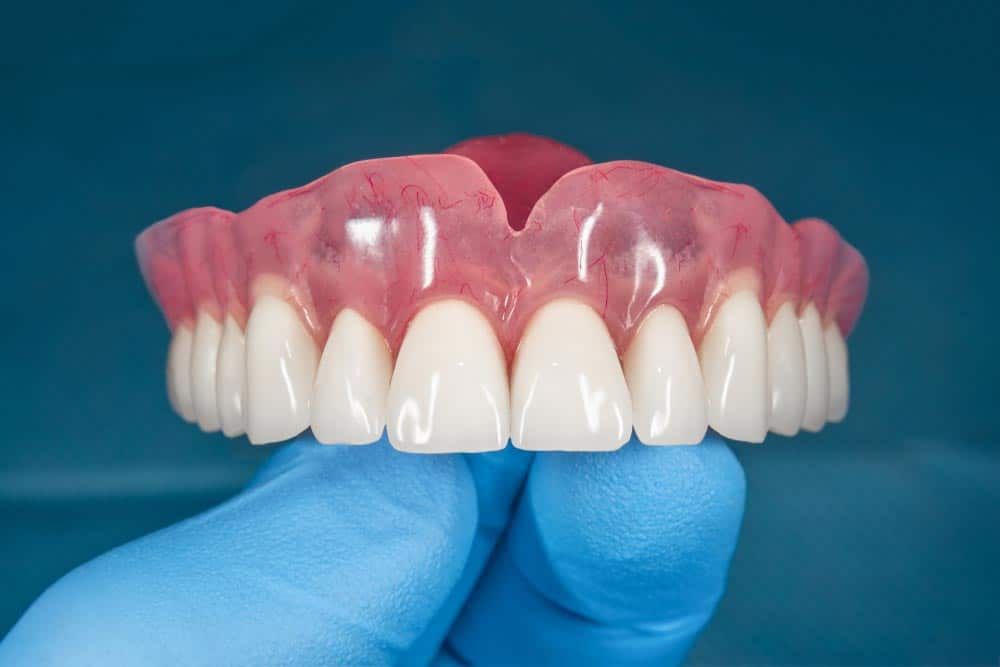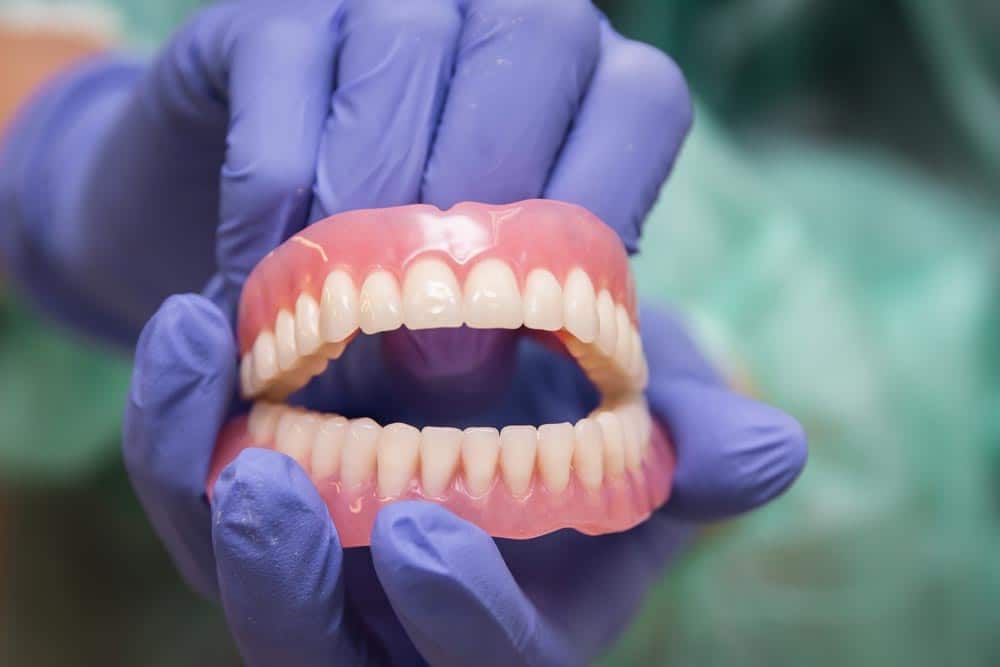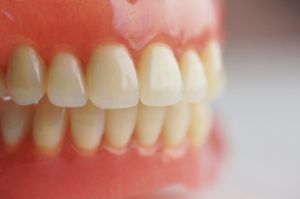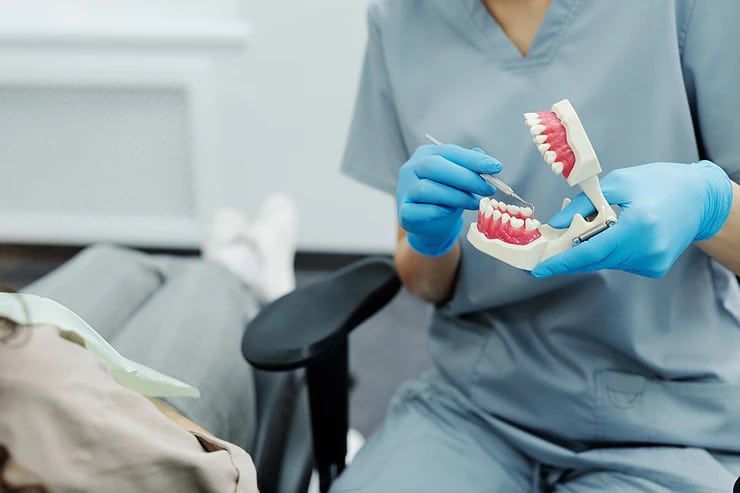What Is Relining A Denture?
Dentures are a necessary tool for many people, especially the elderly ones. Without these mouthpieces on, they have a hard time eating and speaking.
But for these dentures to function efficiently and remain comfortable to wear, they need to be kept in good condition. One way to achieve that is to understand what is a denture reline and how the entire denture relining process works.
What Is Denture Relining?
You may think that when your dentures no longer fit properly, you will have to get an entirely new one. This isn’t actually necessary. All you need to do is get the lining refitted. After a procedure like this, your dentures will immediately feel brand new.
Basically, denture reline is the process of getting your dentures refitted to your mouth. Once you feel like your dentures have become loose and uncomfortable, that is a sign that you need to get them relined. Not relining your dental prosthesis can cause you more pain and discomfort.
How Dentures Are Relined
The minute you start feeling discomfort because of your dentures, you have to reline them. This is a way for you to avoid any problems like sores or food getting stuck in small spaces.
Just like with every dental procedure, certain steps need to be followed when having dentures relined. You don’t just put adhesive on and hope that it works. When relining dentures, the following things are considered:
Borders
The first thing that is checked is the borders of the dentures. Sometimes, the borders will need to be re-moulded to make them fit your mouth better. These borders are necessary so you can reline the prosthesis accurately.
Surface
Once the dental professional sees that the dentures fit, a small etching is created for the adhesive to grab on. This is also done to remove tissues from the denture.
Segment Impression
For accurate placement of the impression material, it will be added by segments. Small amounts are being put on the denture to ensure accuracy.
Amount of Material
Another thing that is considered in the denture reline process is the amount of impression material that will be used. Putting too much can make it uncomfortable for the patient. Plus, it would also take a longer time to set causing it to fall right off the mouth.
Vents
There must also be three vent holes on the surface of the dentures. This is to make sure that the tissues don’t get too compressed.
Letting It Set
Lastly, the denture and the impression material are carefully inspected to ensure they are set properly. If a patient undergoes both upper and lower denture relines, one has to set first before moving on with the next. The patient may be asked to give a soft bite to give it a little pressure.
Not everyone has the money or time to get their dentures relined. That is why some wonder if they can do it themselves.
While they can always go the DIY route, you want to avoid costly and painful problems in the long run. For that, we highly recommend that you see a denture prosthetist. Going to a professional is the best option because it helps you avoid such things as breaking your dentures or using unpleasant chemicals.
Trust Smiles on Hobart to Reline Your Dentures
The Smiles on Hobart team offer fast, high-quality denture relining for Hobart residents. We have a range of cutting-edge tools and supplies at our local denture clinic that enables us to fix almost any type of denture problem on the same day. If you are looking for a team to get your denture relined, contact Smiles on Hobart today.








